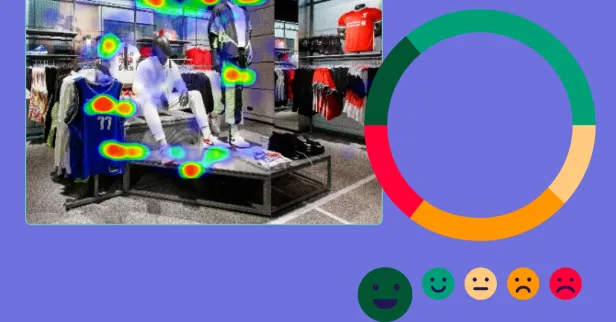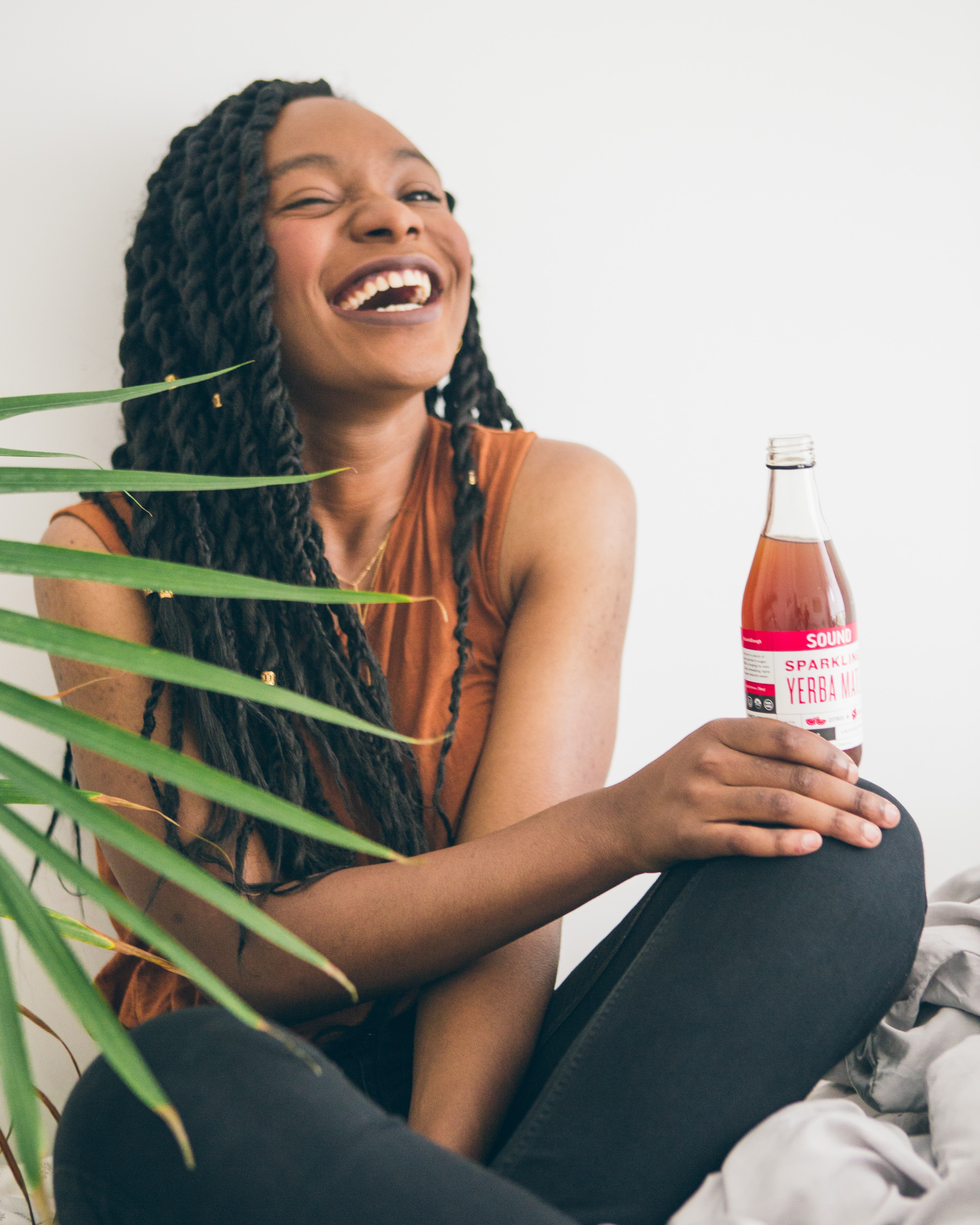Consumer experience and green consumption are not topics typically discussed together. In fact, most research you can find on green consumption has mainly focused on the intention-behavior gap ( the failure to translate intentions into actions).
Through efforts made by psychologists, marketers, and consumer insights professionals, we've come to recognize the drivers of green product adoption, from the role of environmental values and accessibility to price sensitivity and generational distinctions.
But questions still remain. What are the effects on consumers during and after purchase? How can you keep those consumers loyal? And how can you attract more consumers to this “type” of consumption?
Green consumption is related to the notion of sustainable development and, by extension, sustainable consumer behavior. By now, most (if not all) consumers have used, bought, or are (at the very least) aware of this growing trend. In the 1980s, the first environmentally-friendly products began to appear in America. While they experienced slow growth in the 1990s, they have since taken off over the last decade.
However, an understanding of how green products influence consumer behavior has remained quite limited. That is, until marketing science researchers Ali Tezer and Onur Bodur posed a central question:
How does using a green product influence the consumer experience?
Their aim, more specifically, was to understand the level of enjoyment that accompanies green consumption when compared to conventional product experiences.
To explore the question further, they turned to the economic theory of “warm-glow”.
Simply put, warm-glow describes the emotional reward of giving to others- one that we are all familiar with. Research on warm-glow was initially conducted to challenge the widely held belief that pure altruism is the prime mechanism driving good deeds.
Earlier research showed us that humans typically feel warm-glow when performing prosocial behaviors, such as donating to a charity (Andreoni, 1990), or spending money on others (Dunn, 2008).
More recent research has shown that pro-environmental behavior similarly leads to warm-glow feelings (Steg, 2015). What's more, customers who participate in a green initiative, like purchasing a reusable product, end up feeling warm-glow and (interestingly enough) report a higher level of satisfaction with the service provided.
Most previous research on warm-glow engaged with people who deliberately made prosocial behaviors, like choosing to use green products or donate to a charity. However, in their 2019 study, Tezer and Bodur predicted that using a green product will elicit warm-glow feelings even when consumers do not deliberately choose to use or purchase the product.
They argued that green products possess inherent prosocial attributes. Therefore, merely using a green product without the deliberate intention to do so will still evoke warm-glow feelings with the implication of doing a good deed.
To test their hypothesis, the researchers planned an experiment using green versus non-green products. They predicted that when a green product (e.g. headphones) has an accompanying consumption experience (e.g. listening to music), the warm-glow feelings that arise when using the green product will enhance the accompanying user experience when compared to using a traditional product.
This is referred to as the green consumption effect.

To better understand the cause and effect, the researchers designed five experiments in actual settings to test multiple variables, including:
- Consumer experiences when using green compared to conventional products
- The robustness of the green consumption effect
- The process and drivers of warm-glow feelings
- The impact of moderation
- The effects of lowering the perception of the product being green.
Across these five experiments, researchers demonstrated that using green products enhanced the enjoyment of the accompanying consumption experience when compared to using conventional products.
In fact, consumers even perceived an increase in their social worth when using green products on top of the warm-glow feeling, which enhanced the enjoyment of the consumption experience.
The findings of this research have substantial ramifications for organizations across the board. There are now proven positive effects on consumers from using sustainable, environmentally-friendly products.
By utilizing an end-to-end market research platform like SightX, brands can test new messaging and research new product ideas or updates seamlessly with real-time consumer insights. All while building strong customer relationships, fostering brand loyalty, and increasing their overall brand health.


